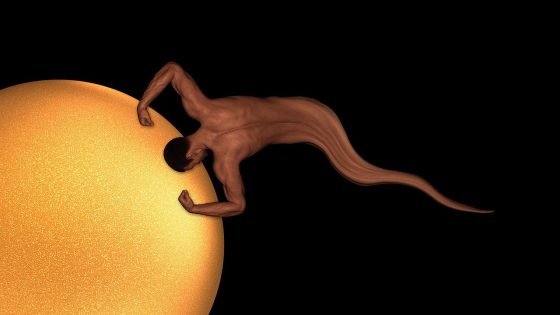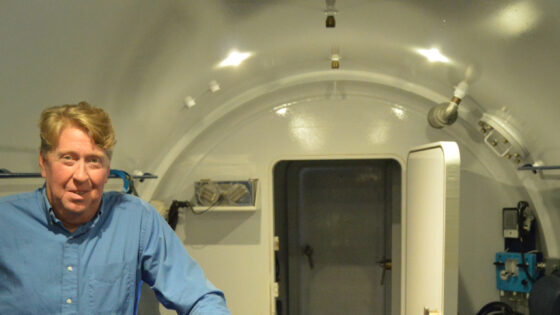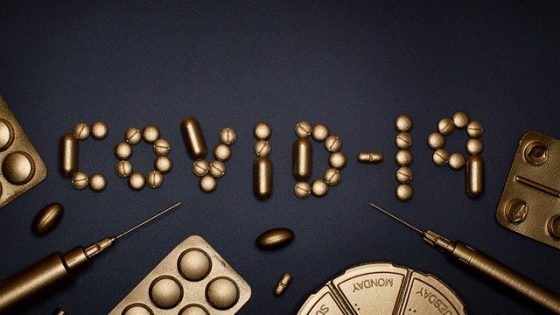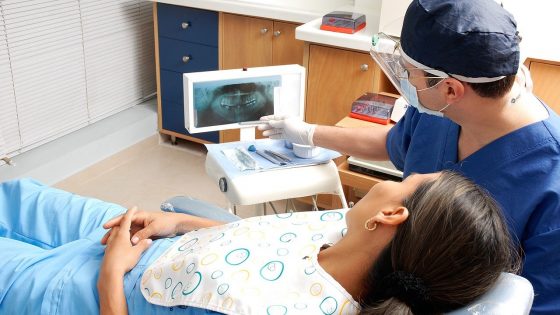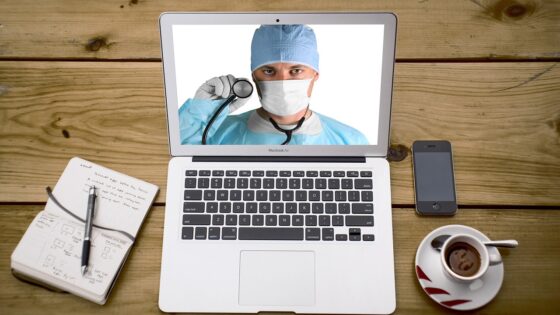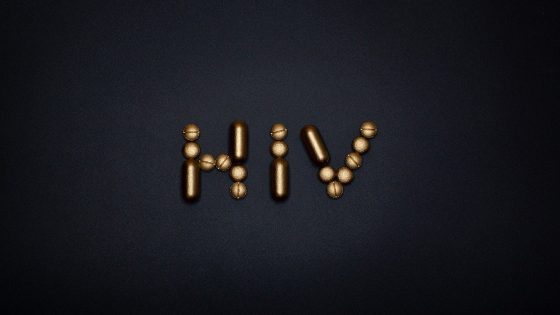dosimetry
Measurement of radiation exposure from x-rays, gamma rays, or other types of radiation used in the treatment or detection of diseases, including cancer.
DOT
A procedure that uses light waves to create 3-dimensional (3-D) pictures of tissues inside the body. The pictures are created by a computer linked to the light source. DOT may be used to look at blood flow to the tissues and to measure changes in the amount of oxygen in them. This may help show the difference between normal and abnormal tissue. DOT may be especially useful for looking at soft tissue, such as breast and brain tissue. It is being studied as an imaging test to help diagnose early-stage breast cancer and other conditions. Also called diffuse optical tomography.
double balloon endoscopy
A procedure used to look at the inside of the small intestine. A special instrument made up of two tubes (one inside the other) is inserted through the mouth or rectum and into the small intestine. The inside tube, which is an endoscope with a light and lens for viewing, is moved through part of the small intestine, and a balloon at the end of it is inflated to keep the endoscope in place. Next, the outer tube is moved through the small intestine to reach the end of the endoscope, and a balloon at the end of the outer tube is inflated to keep it in place. Then, the balloon at the end of the endoscope is deflated, and the endoscope is moved through the next part of the small intestine. These steps are repeated many times as the tubes move through the whole small intestine. This allows the doctor to see all of the small intestine. Tissue samples may be removed so they can be checked under a microscope for signs of disease. Also called DBE and double balloon enteroscopy.
double balloon enteroscopy
A procedure used to look at the inside of the small intestine. A special instrument made up of two tubes (one inside the other) is inserted through the mouth or rectum and into the small intestine. The inside tube, which is an endoscope with a light and lens for viewing, is moved through part of the small intestine, and a balloon at the end of it is inflated to keep the endoscope in place. Next, the outer tube is moved through the small intestine to reach the end of the endoscope, and a balloon at the end of the outer tube is inflated to keep it in place. Then, the balloon at the end of the endoscope is deflated, and the endoscope is moved through the next part of the small intestine. These steps are repeated many times as the tubes move through the whole small intestine. This allows the doctor to see all of the small intestine. Tissue samples may be removed so they can be checked under a microscope for signs of disease. Also called DBE and double balloon endoscopy.
double-blind study
A type of clinical trial in which neither the participants nor the researcher knows which treatment or intervention participants are receiving until the clinical trial is over. This makes results of the study less likely to be biased. This means that the results are less likely to be affected by factors that are not related to the treatment or intervention being tested.
double-contrast barium enema
A procedure in which x-rays of the colon and rectum are taken after a liquid containing barium is put into the rectum. Barium is a silver-white metallic compound that outlines the colon and rectum on an x-ray and helps show abnormalities. Air is put into the rectum and colon to further enhance the x-ray.
double-hit lymphoma
A rare, aggressive (fast-growing) type of B-cell non-Hodgkin lymphoma caused by changes in the DNA that affect a gene called the MYC gene and either the BCL2 gene or the BCL6 gene. Double-hit lymphoma may be hard to treat and has a poor prognosis. It is a type of diffuse large B-cell lymphoma. Also called DHL.
doubling time
In biology, the amount of time it takes for one cell to divide or for a group of cells (such as a tumor) to double in size. The doubling time is different for different kinds of cancer cells or tumors.
douche
A procedure in which the vagina is washed with water or a cleansing solution. Most cleansing solutions contain water mixed with vinegar, baking soda, or iodine. Regular douching can wash away some of the bacteria that normally live in the vagina. This may allow yeast or harmful types of bacteria to grow and cause infection. Douching may also cause other health problems, such as pelvic inflammatory disease (PID) and problems during pregnancy. Most doctors do not recommend douching.



